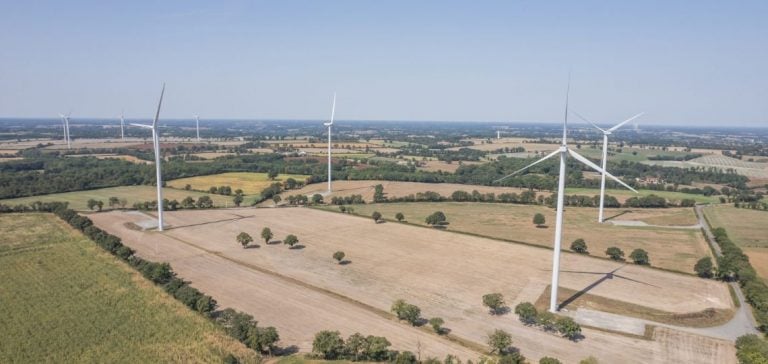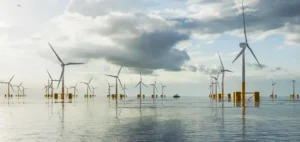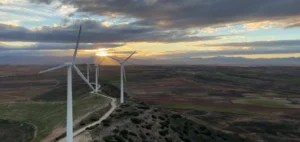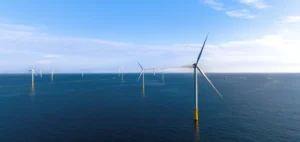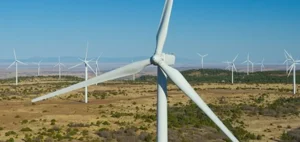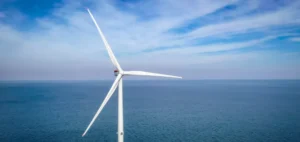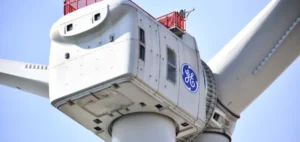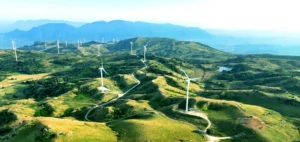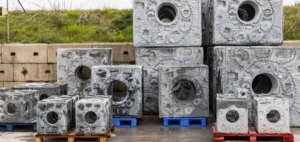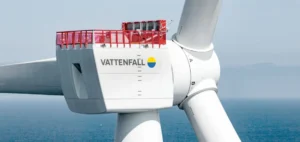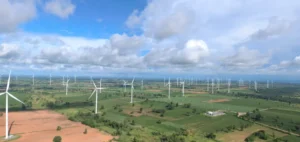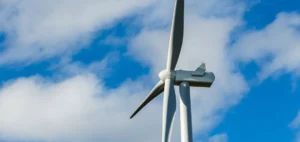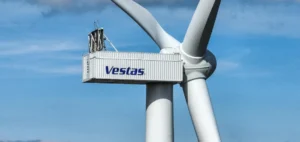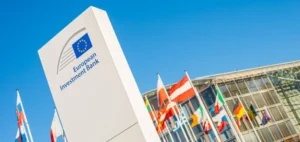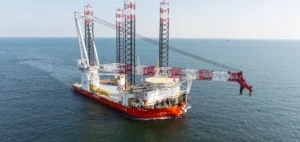The Croix de Mérotte wind farm in Millac represents a significant step forward in the region’s energy landscape.
Comprising four 180-metre-high wind turbines, each with a capacity of 3 MW, this project illustrates the dynamic collaboration between local players to promote the energy transition.
With a total capacity of 12 MW, the wind farm is capable of producing 26 GWh of energy per year, enough to supply around 14,400 inhabitants, excluding heating.
This development is part of a collective desire to accelerate the development of renewable energies, while guaranteeing green, competitive electricity.
An innovative territorial partnership
The Croix de Mérotte wind farm project was made possible thanks to an unprecedented consortium involving Groupe Sorégies, Banque des Territoires and Terra Energies.
This partnership, established in 2015, testifies to the three entities’ commitment to promoting renewable energies in the Nouvelle-Aquitaine region.
Groupe Sorégies holds 51% of the park, while Banque des Territoires and Terra Énergies hold 30% and 19% respectively.
Soregies is also responsible for operating the facility.
This collaborative model underlines the importance of involving local authorities in the development of energy projects.
The development of this wind farm is in line with the departmental wind power charter, drawn up in consultation with the Syndicat Energies Vienne, the Vienne Mayors’ Association and the Departmental Council.
In addition, a 200,000 euro equity fund has been set up, primarily for the residents of Millac and the Vienne-et-Gartempe community of communes.
This approach fosters local ownership of renewable energy projects and strengthens the link between citizens and energy transition initiatives.
A shared vision for the energy transition
Frédéric Bouvier, Chairman of the Management Board of Groupe Sorégies, emphasizes the importance of consultation in the success of this project:
“This park is a concrete illustration of our ability to federate the various stakeholders in a territory around a project to ensure its success and contribute to the energy transition in Vienne.”
This statement highlights the need for a collaborative approach to meet today’s energy challenges.
Annabelle Viollet, Regional Director Nouvelle-Aquitaine of Banque des Territoires, adds that this wind farm strengthens the region’s electricity production capacity:
“I am delighted that this wind farm is contributing to the development of renewable energies in our region and reinforcing our electricity production capacity by contributing to the energy mix.”
This prospect underlines the importance of integrating renewable energies into the national energy mix.
A short supply chain model
The Soregies Group’s integrated production model favors a short supply chain, bringing producers closer to end consumers.
The 26 GWh of energy generated by the Croix de Mérotte wind farm supply the 210,000 customers of the Soregies Group.
This unique local energy loop model is based on renewable energy production assets and a range of electricity and gas supply offers.
By guaranteeing certified local sourcing, Soregies provides its customers with clean energy while keeping energy costs under control.
Anna Wachowiak, President of Terra Energies, stresses the importance of collaboration between local players:
“Terra Energies is determined to support the deployment of renewable energy projects throughout the Nouvelle-Aquitaine Region, promoting the interests of local communities and citizens.”
This statement highlights the need for synergy between the various players if the energy transition is to succeed.
Future prospects
The Croix de Mérotte wind farm illustrates a growing trend towards renewable energy projects driven by local partnerships.
This collaborative model could serve as a benchmark for other similar initiatives, fostering a more rapid and effective energy transition.
By integrating the needs of communities and citizens, these projects contribute to greater social acceptance of renewable energies.
The growth of such projects also underlines the importance of a sustainable, local supply strategy, essential to meeting today’s energy challenges.
By promoting decarbonization and supporting local initiatives, players in the energy sector can play a key role in the transition to a more sustainable energy future.


